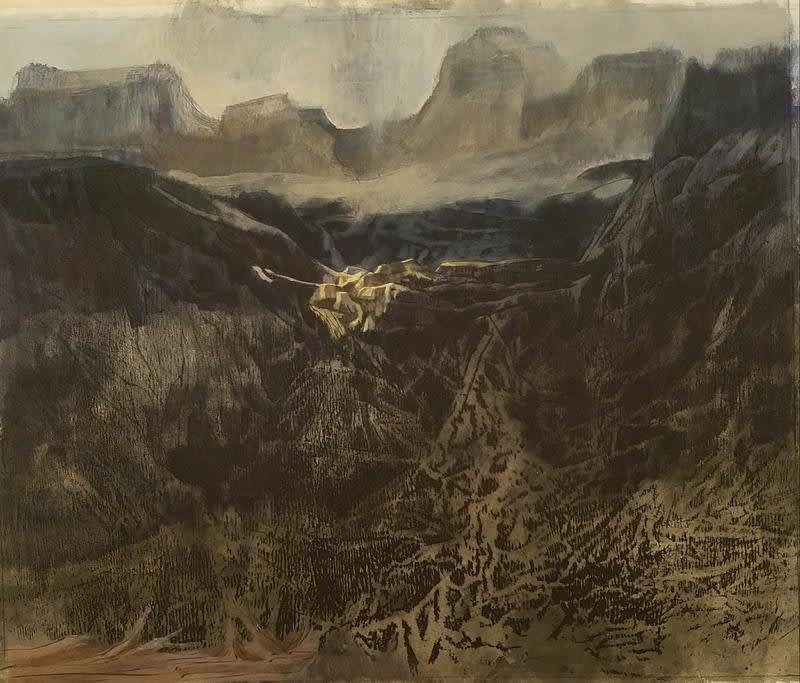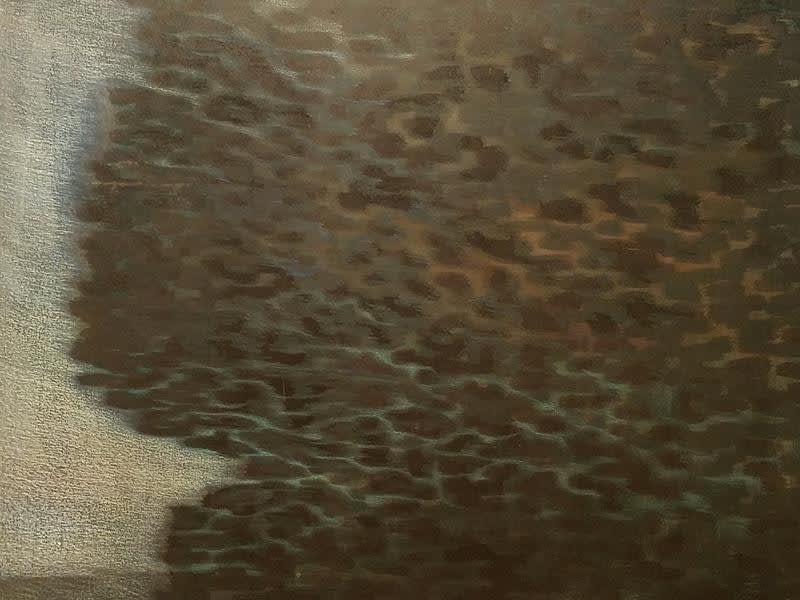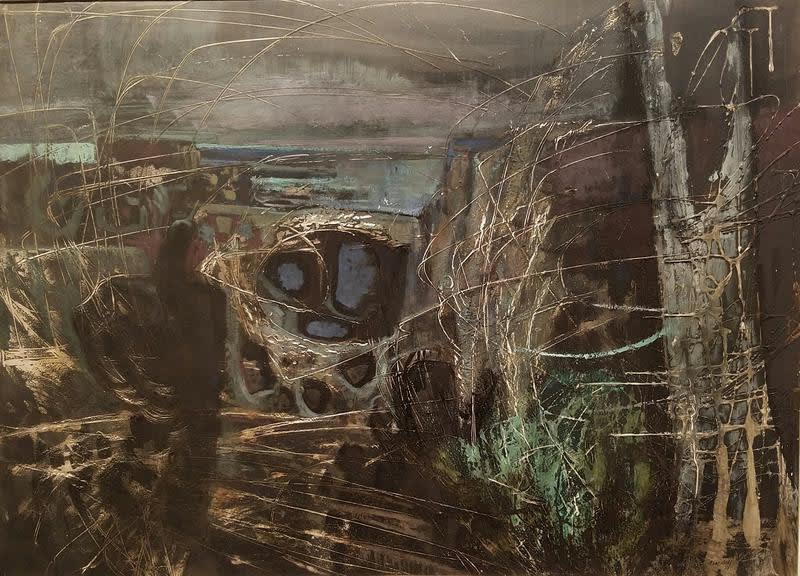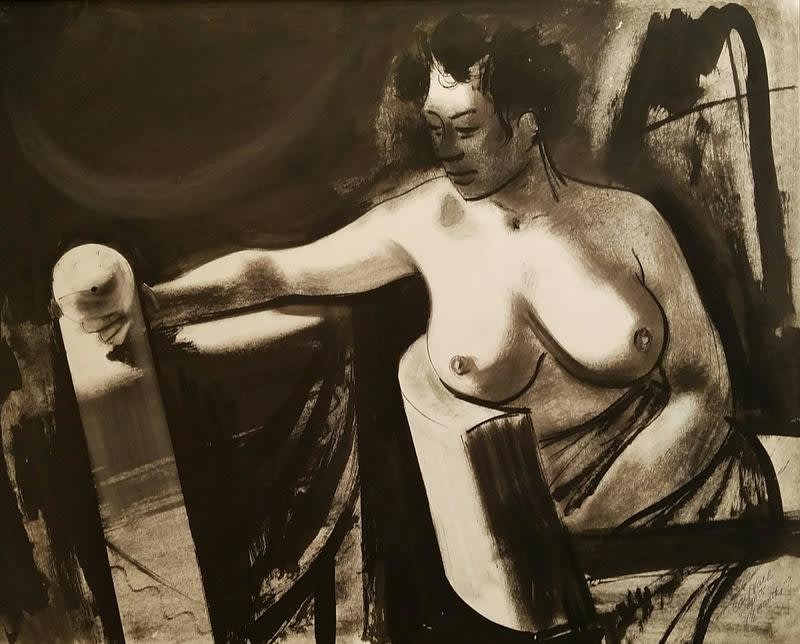The painter Carl Hall was one of Oregon's most expressive visual interpreters, an artist who focused for most of his life on the terrain of the Willamette Valley, the mountains surrounding it, and the Pacific coast beyond.Roger Hull, Eden Again: The Art of Carl Hall,
Carl Hall was born in 1921 in Washington, D.C. A master painter in his youth, his early successes included paintings purchased by the Whitney Museum of American Art (1947), the Detroit Institute of Arts (1941), a solo exhibit in a prestigious New York gallery (1947), works featured in Concoran Gallery of Art Washington DC (1941), the Art Institute of Chicago (1941), Carnegie Intitute (1948,1949), and two paintings purchased by the Portland Art Museum (1949).
He settled in Salem, Oregon after World War II and taught in Willamette University's art department from 1947 until his retirement in 1986. In 1948, a feature in Life magazine brought national attention to his work. Willamette University's Hallie Ford Museum of Art established the Carl Hall Gallery of Pacific Northwest Art in 1998.
Although best known for his landscapes of the Willamette Valley and the Oregon coast, during the 1970s Hall focused his artistic study on rendering female nude. This exhibition features large and small oil paintings, as well as delicate figure drawings.
Born in Washington D.C. and raised in Detroit, Michigan, Hall was the oldest child of a large working-class family. His artistic calibre showed promise from an early age. While in high school, Hall was awarded a scholarship at the Meinzinger School of Art and studied under the mentorship of Havana-born painter Carlos Lopez (1908-1953).
Hall interrupted his artistic career to join the army, where came to Oregon as an infantryman in 1942. After the end of World War II, Hall returned to Oregon permanently. Hall began teaching part-time in the art department at Willamette University (WU) in 1947, and later received a full-time artist-in-residence. He eventually attained regular faculty status, and received national recognition in March of 1948 when "Life" magazine featured an article about his work, calling him a "magic realist." Hall remained part of the faculty at Willamette University until 1986, where he taught drawing and painting.






